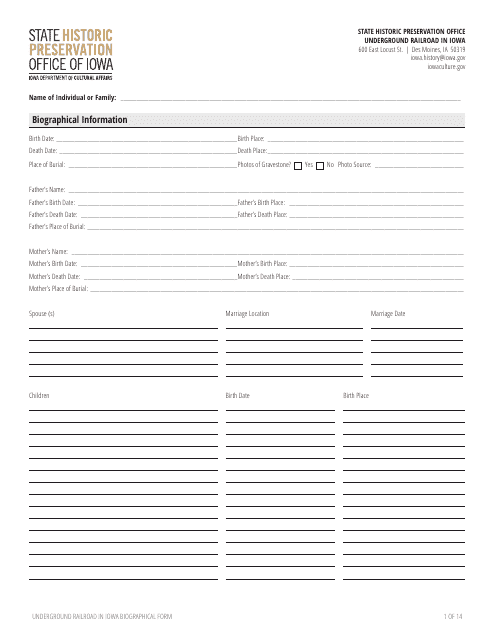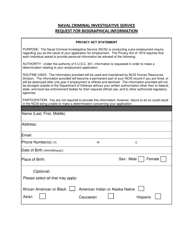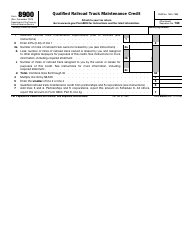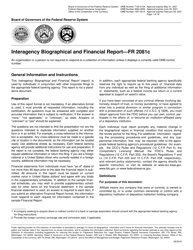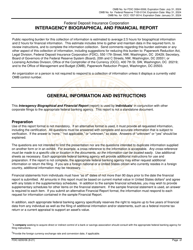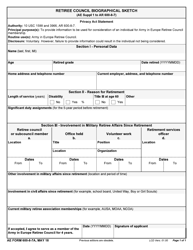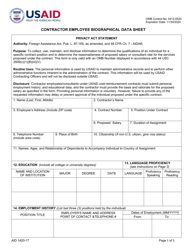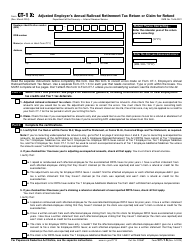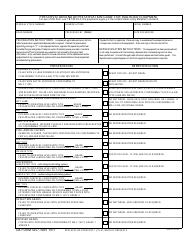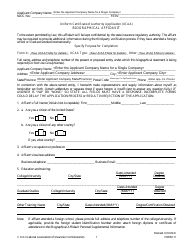Underground Railroad in Iowa Biographical Form - Iowa
Underground Railroad in Iowa Biographical Form is a legal document that was released by the Iowa Department of Cultural Affairs - a government authority operating within Iowa.
FAQ
Q: What is the Underground Railroad?
A: The Underground Railroad was a network of secret routes and safe houses used by enslaved African Americans to escape to free states or Canada.
Q: What is the Underground Railroad in Iowa?
A: The Underground Railroad in Iowa refers to the network of people and places in Iowa that assisted fugitive slaves in their journey to freedom.
Q: Who were the key people involved in the Underground Railroad in Iowa?
A: There were many key individuals involved in the Underground Railroad in Iowa, such as Alexander Clark, William G. Brown, Josiah Bushnell Grinnell, and John Mahin.
Q: How were fugitive slaves assisted in Iowa?
A: Fugitive slaves were assisted in Iowa through a combination of hiding places, disguises, and transportation provided by sympathetic individuals and organizations.
Q: Did Iowa have any laws or regulations regarding fugitive slaves?
A: Iowa became a free state in 1846 and did not have any laws or regulations supporting the institution of slavery or the capture of fugitive slaves.
Q: How many fugitive slaves found freedom through the Underground Railroad in Iowa?
A: Exact numbers are difficult to determine, but it is believed that hundreds, if not thousands, of fugitive slaves found freedom through the Underground Railroad in Iowa.
Q: What is the legacy of the Underground Railroad in Iowa?
A: The Underground Railroad in Iowa played a significant role in the fight against slavery and serves as a testament to the bravery and compassion of those involved in the abolitionist movement.
Form Details:
- The latest edition currently provided by the Iowa Department of Cultural Affairs;
- Ready to use and print;
- Easy to customize;
- Compatible with most PDF-viewing applications;
- Fill out the form in our online filing application.
Download a fillable version of the form by clicking the link below or browse more documents and templates provided by the Iowa Department of Cultural Affairs.
